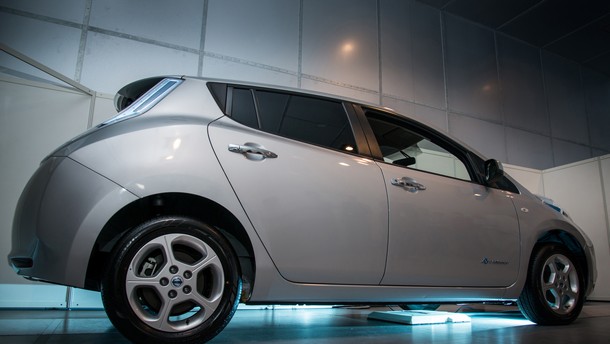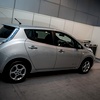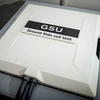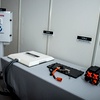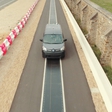
As a result, inductive charging is pretty slow. But that is all about to change, for most of carmakers strive to develop more powerful devices for inductive charging. Nissan, for example, wants to bring the today's standard level of 3 kW to 7 kW, making inductive charging of car batteries considerably faster.
This kind of power level would make it possible for the larger 60 kW battery pack to fully recharge overnight – and provide a range of approximately 350 kilometers. Carmakers won't stop at 7 kW, of course – on the long run, their aim is to slowly increase the level to 20 kW (and more).
Today's inductive charging stations require a very accurate coordination between the transmitting and receiving electrode, which is also one of the things set to change in the near future. If current devices allow gaps between the charging pads of up to 100 mm in each direction, the future devices (already in their testing phase) will allow gaps of up 150 mm – it may not seem much, but it makes a huge difference in everyday use.
